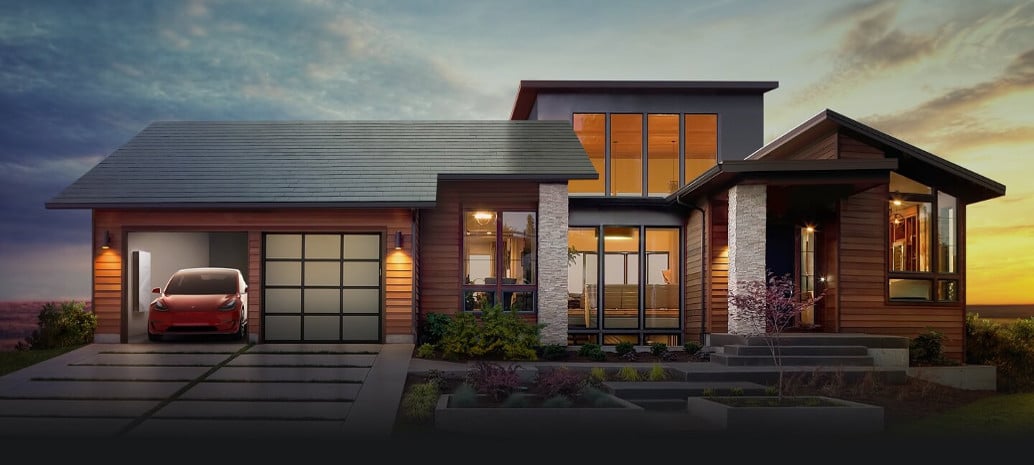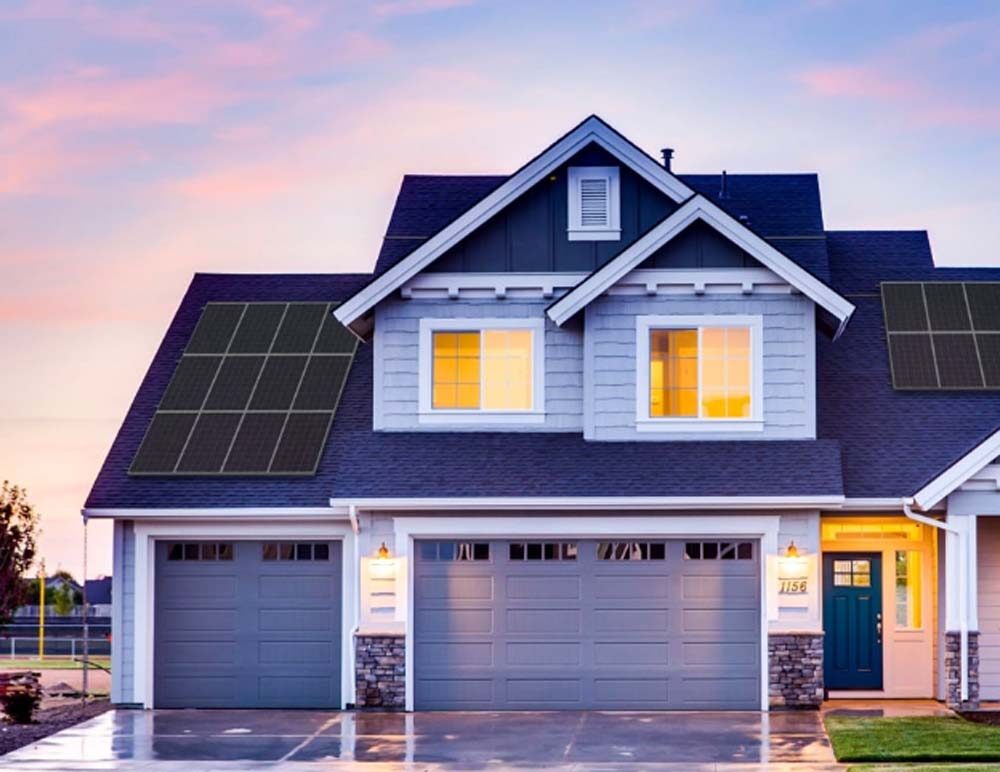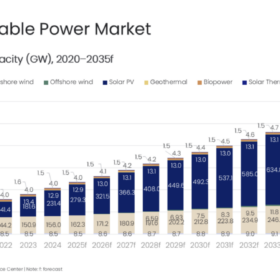Weddle and Sons Roofing just completed and filmed a 40 square (4,000 square foot) 15 kW Tesla Solar Roof installation near Topeka, Kansas.
The time lapse covers four days of installing the PV tiles, glass tiles, and flashings. The tear-off of the existing roof and dry-in with double-layer Firestone underlayment took one day and is not filmed.
When asked how Tesla Roof installation time compares to a conventional roof, the installer responded, “A standard shingle roof this size with one of our best crews would be 1 to 2 days. This was 5 days with a full team, plus some individual trips for material unloading, cleanup, misc. loose ends, etc. It’s probably comparable in time to what a standing seam metal roof would take. We’re still very early in the ramp-up process though, and we are working on lots of ideas for speeding up installation.”
Dragon scale valley installation
According to the installer, about 25% to 30% of the total tile area is active PV tiles: “There is almost none on the north-facing slopes or the smaller sections. We try to concentrate as much on the direct south-facing orientation as we can, but also hold it back from areas where the gables would create shading. The rake edges (and actually the valley and hip sections) are trimmed in a heavy gauge metal flashing. Because all of the glass is tempered, there is no cutting required (or possible) with this system.”
Connecting the tiles
Skylight sidewall flashing
“Integrating the PV adds some work on the rooftop (layout, cable management, string design and testing) as well as obviously electrical work to bring the wiring to the inverter and beyond. But the most time-intensive part of the install is really the flashing details around obstructions, dormers, valleys, etc.,” said the installer.
Weddle and Sons Roofing will be updating this video series with the energy storage installation and the performance of the system.
Year of the solar roof
Tesla CEO Elon Musk said that 2019 was going to be “the year of the solar roof” and its home energy storage product.
It was not. It was, however, a typical Tesla product introduction/beta test filled with disingenuous marketing, broken promises, delays and safety issues.
Late in 2019, Tesla CEO Elon Musk introduced version 3.0 of the solar roof tile and claimed that the Tesla New York factory would ramp production to 1,000 roofs per week by December of 2019.
The actual number of Tesla roof tile installations is comfortably under 1,000, according to our estimates. And every box of shingles we examined back in February came from Changzhou, China, not the factory in New York.
In a conference call, Musk said, “The solar roof does not make financial sense for someone with a relatively new roof,” and the goal was to install the solar roof as quickly as traditional composition shingles — with a target of eight hours.
Earlier this year, pv magazine tracked a number of Tesla solar roof tile installations around the San Francisco Bay Area, and the installations we tracked took ten days to two weeks and required a team of five to six people — with additional people brought in to install storage and electronics.
The roofs are subjectively better looking than the composite shingles they are replacing. In some cases, they are better looking than the house they protect. There are satisfied customers.
Here’s a link to an earlier Tesla roof tile photo gallery and pv magazine’s estimate of solar tile efficiency. Here’s our coverage of the first V3 solar tile installation in Massachusetts. Bloomberg reports on Tesla early adopters in San Ramon, California, and their $83,000 solar roof-plus-battery installation.
Here’s what GAF Energy’s president, Martin DeBono, said about Tesla’s integrated roof: “I think that Tesla has it absolutely right. They’re playing the long game, as are we. The industry will evolve from rack-mounted to BIPV.”
We have contacted the Tesla press team for comment.
This content is protected by copyright and may not be reused. If you want to cooperate with us and would like to reuse some of our content, please contact: editors@pv-magazine.com.








Great video! But its a joke because the roofing is really everything up to the underlayment which we did not get to see. So much for this roof being done in 4 days….Click Bait….
While very nice looking it probably would have been WAY cheaper just to put panels on that barn/garage behind the house.
One of the issues I see with the Tesla roof is there is probably no easy/cheap way to add more generation if you need it – add an EV or something.
Also, I have never seen roofers using the box hoist that they were using. Wonder if that is standard there. Here in Colorado the shingles either get put on the roof or on the driveway. One of my neighbors was getting his roof replaced a couple of years ago and the shingles were delivered to the driveway and they had a ladder hoist. Basically a ladder rigged with a motor and platform to lift the shingles. But, I have also heard of a pretty big problem of materials getting stolen from the job site.
It only took them till day 3 to start wearing fall protection. So many OSHA violations.
Can you install solar panels yourself? The short answer is ‘yes’, but there are some serious drawbacks to going it alone. Installing solar panels isn’t exactly as simple as mounting a light fixture or swapping out your water filtration system.